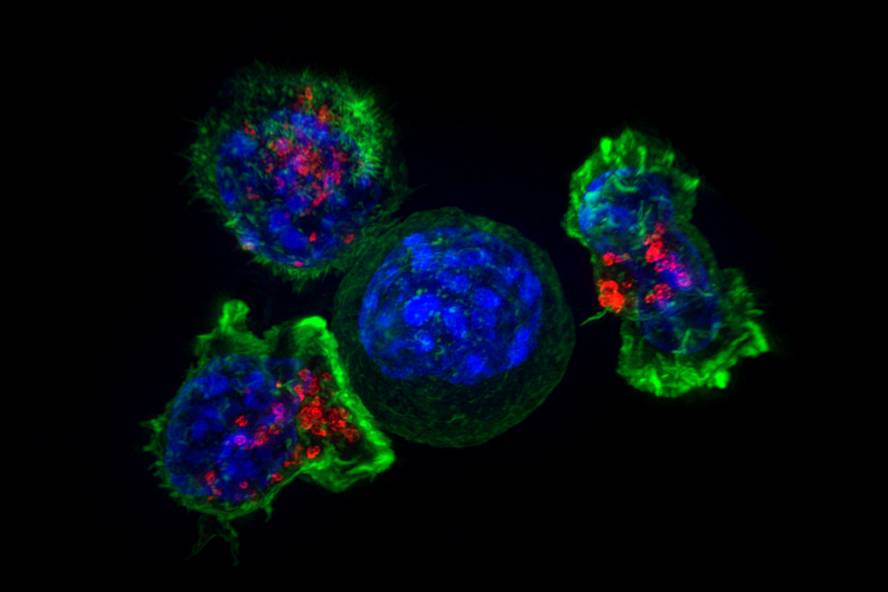Construction of human immunity cell atlas
The sequencing of the human genome has provided scientists with valuable but insufficient information. 30 trillion cells in the human body have the same genes and the different patterns of gene pressure and cell specialization are key to the proper functioning of the organism. In 2016, the Human Cell Atlas was created to identify all kinds of human cells, and this time it has taken an important step in forming the catalogue of immune cells.
The journal Science has noted the two most important achievements: first, a group has determined the types and characteristics of immune cells in human organs. In fact, to date, blood immunity cells have been the object of greater attention, while on this occasion immune cells present in peripheral organs have been identified because of their importance in anti-disease mechanisms. These protective cells adapt to local microenvironments and adopt different functional features and specializations.
To this end, they have analyzed the 330,000 immune cells extracted from the tissues of the 12 dead donors to identify pressure patterns in their genes. That is why more than 100 types of products have been differentiated.
Moreover, they have studied the relationship between homologous cells of immunity from one type of tissue to another. Thus, it has been observed that in some immune cell families there are many similarities between tissues, such as macrophages, and in others, however, they have unique characteristics depending on the tissue, such as T lymphocytes. They've created a CellTypapel database to manage all this information from immune cells.
Immunity during development
A second group clarifies the transformation of immune cells into the development of the individual, from the embryonic phase to maturation. Samples of the nine haematopoietic organs that produce blood cells (yolk sac, liver and bone marrow) and lymphoid organs (thymus, spleen and lymph nodes) have been studied. But in addition to these vital organs in the development of immune cells, a number of peripheral organs (skin, kidneys and intestines) have been studied to understand the transformation of cells in the migration of the organ of conception to new organs.
Researchers point out that to understand the characteristics and development of the immune system it is essential to compare the immune cells of children with those of adults and to explain which genes are activated in each phase of development. For example, special B and T cells have been found that appear in the early stages of life and have a faster response to antigens than others. According to scientists, the priority of the organism may be a rapid response to pathogens in early stages.
400 human cells sequenced
On the other hand, a third study, beyond the immune system, has published other results that will make up the Atlas of Human Cells. They've identified and sequenced 400 types of seats obtained from 24 organs. The atlas, known as Tabula Sapiens, has required the sequencing of 500,000 cells for its formation.






